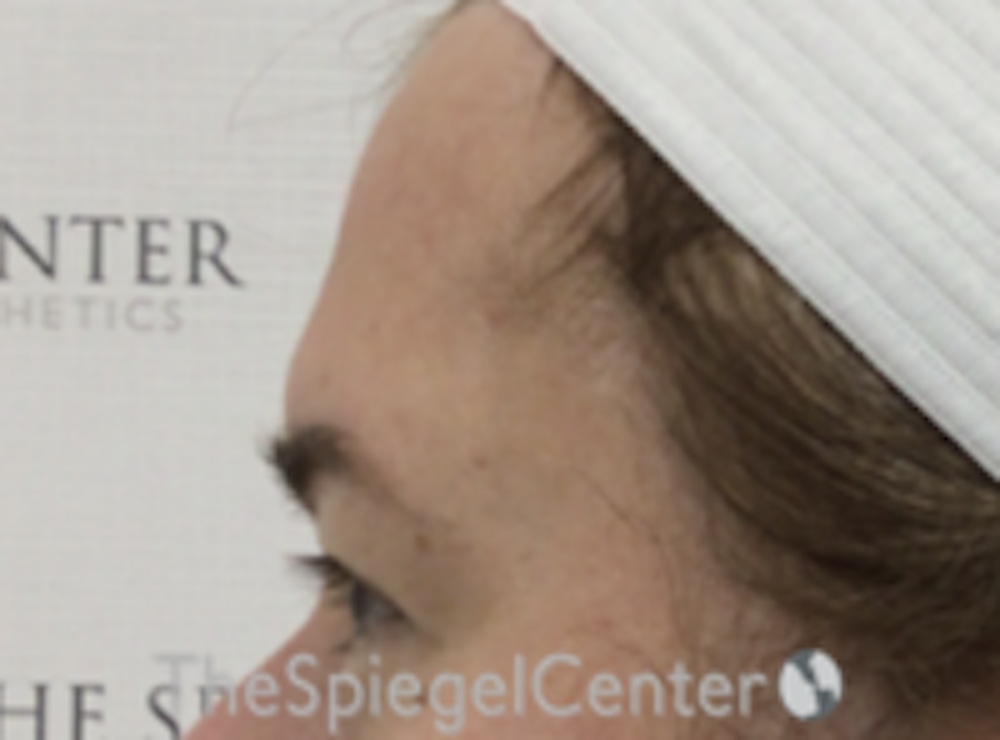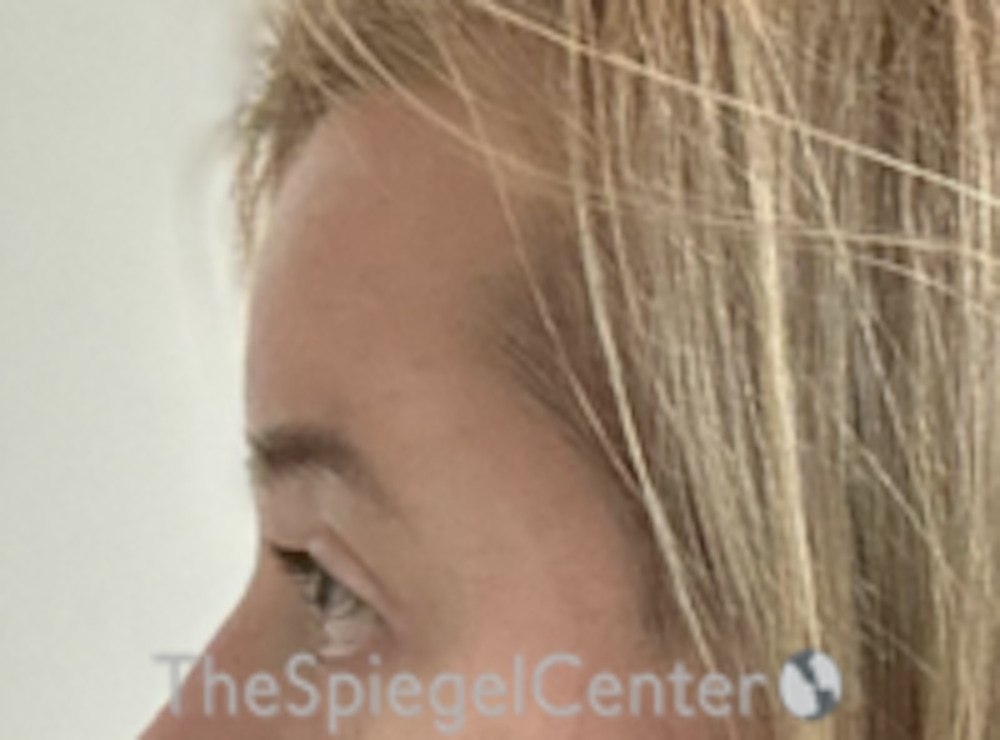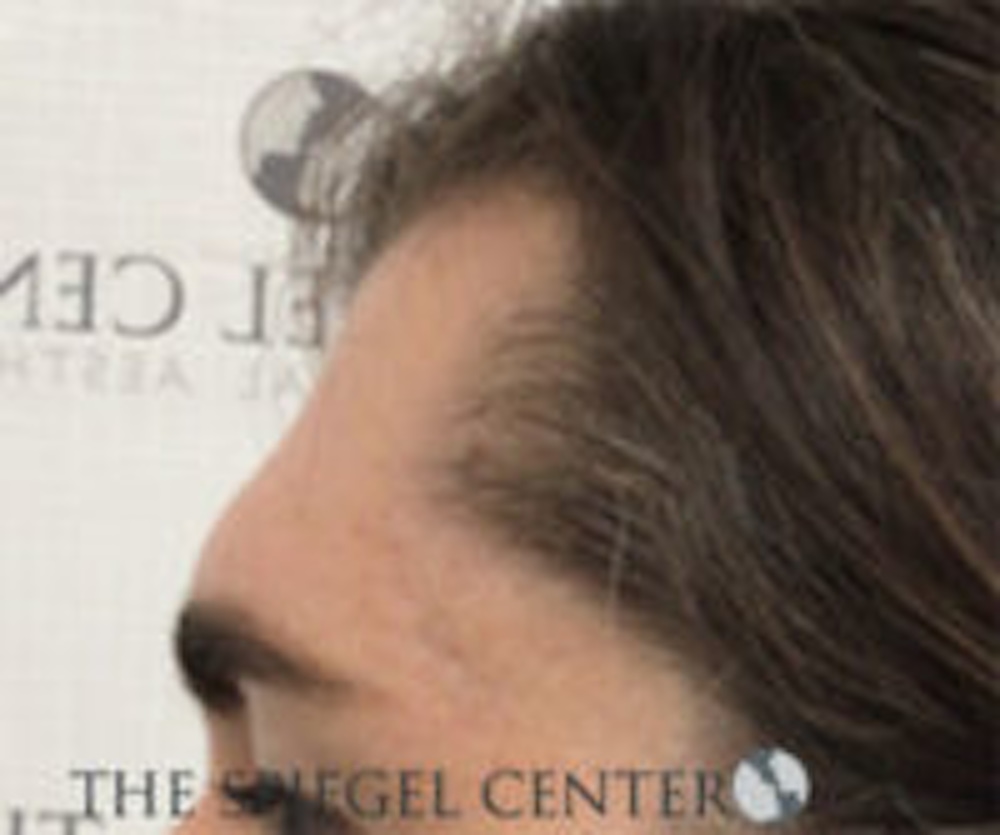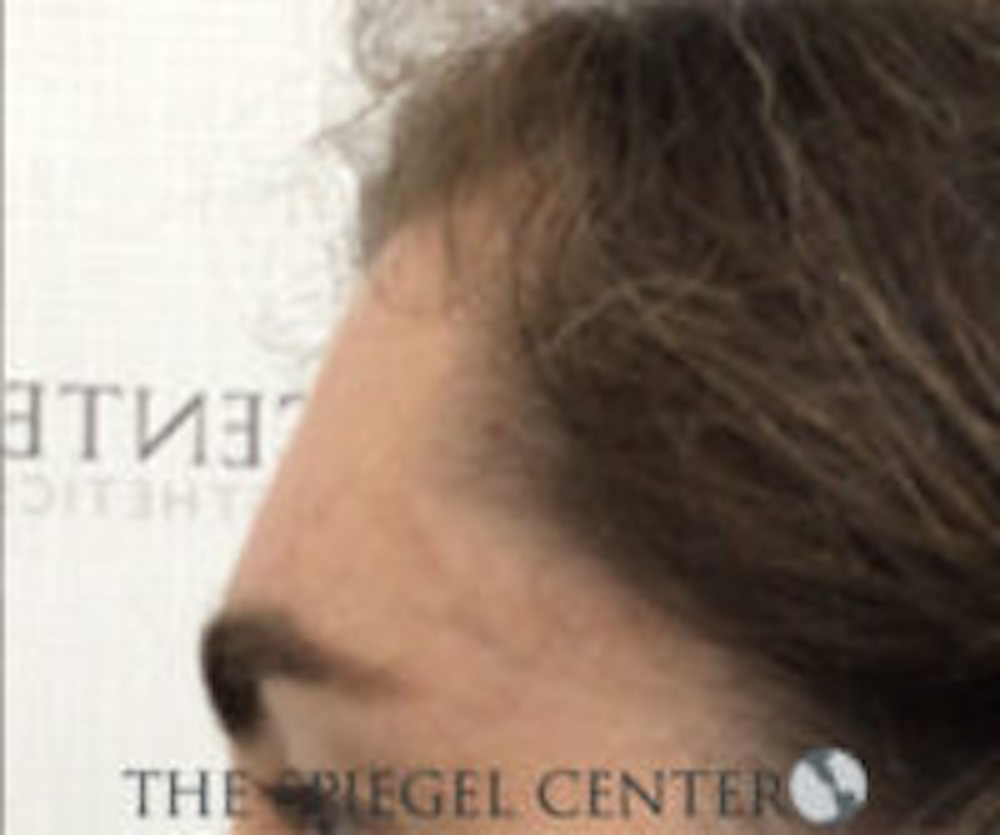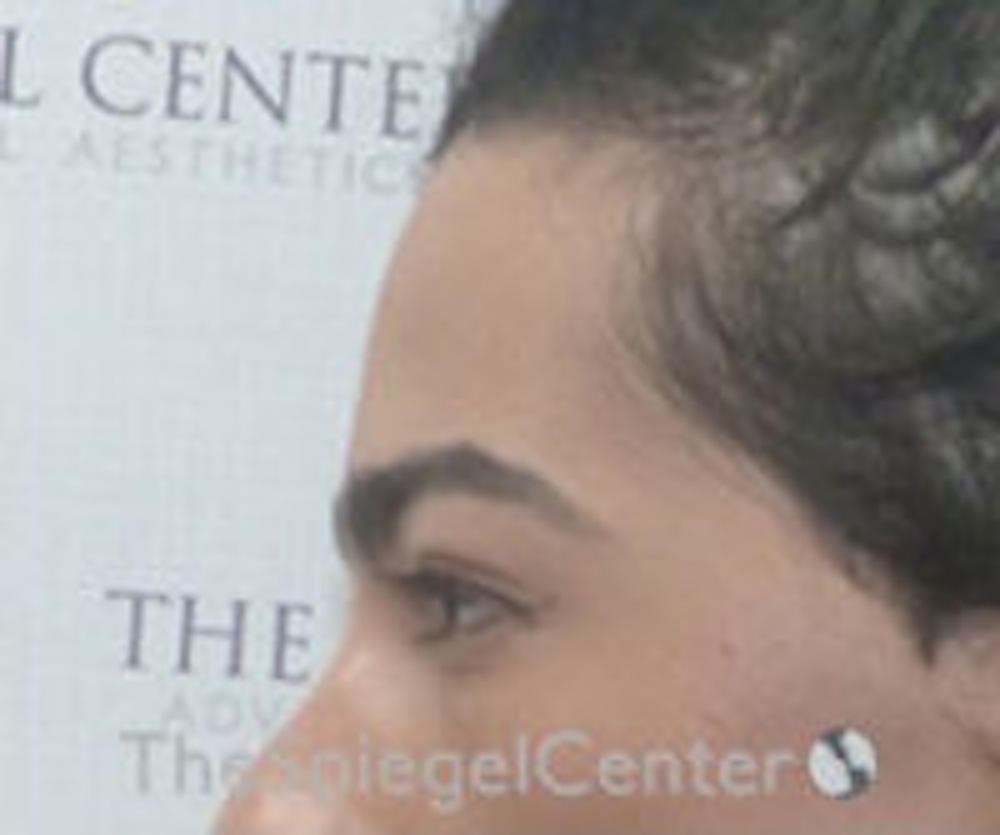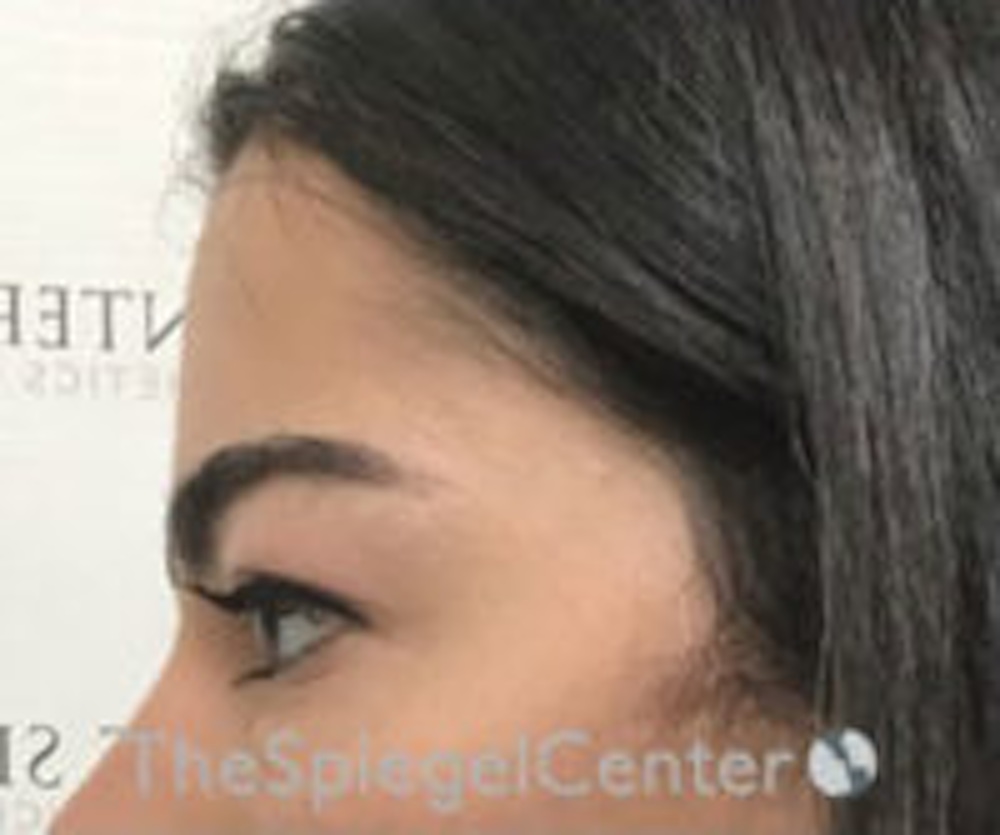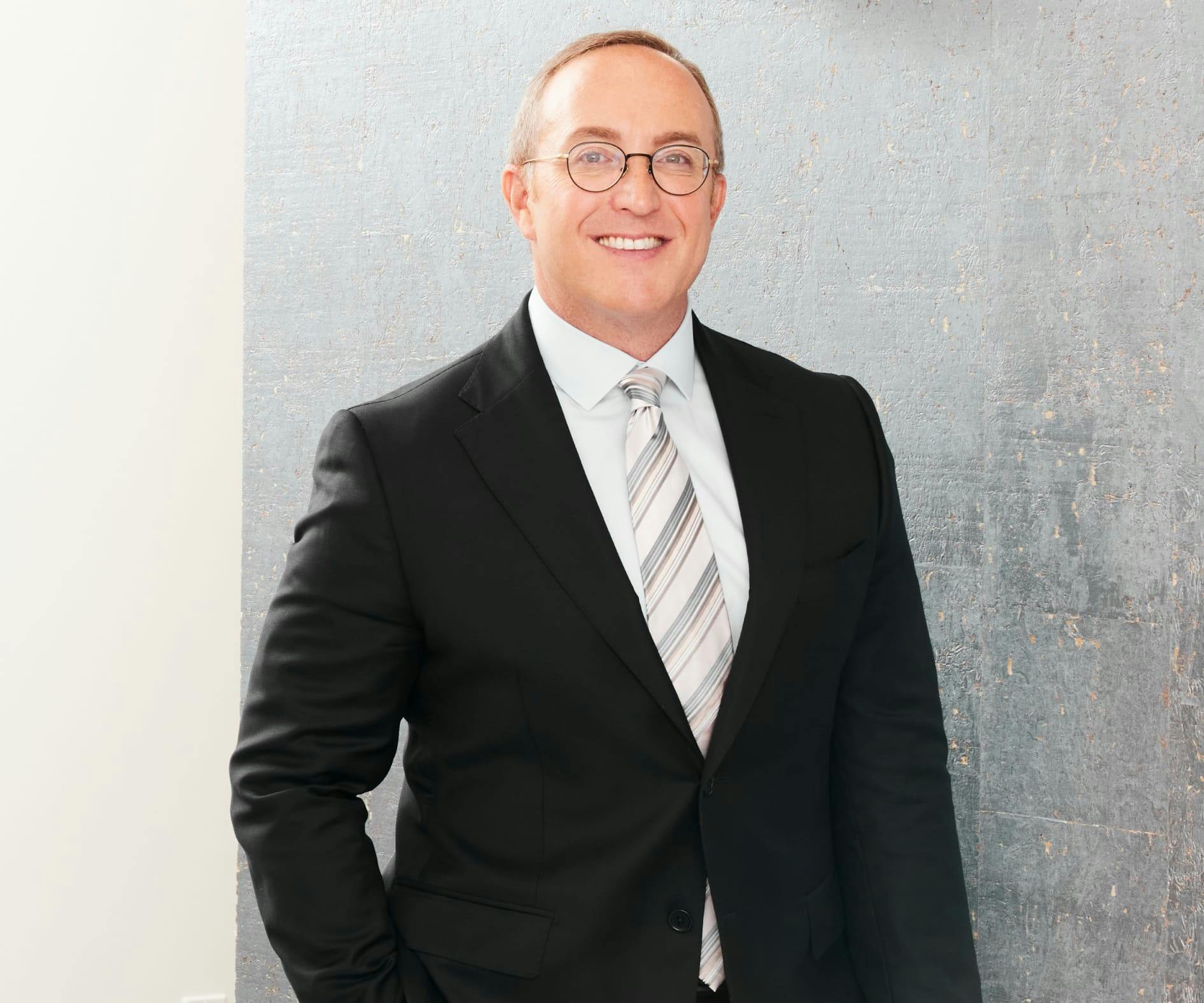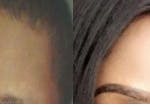One of the most powerful ways to feminize and beautify your face.
What Happens During The Procedure?
To access the forehead bone, a fine incision is made along, or within, the hairline. When you want to bring the hairline forward, the incision is done in front of the hairline so that the surgeon can preserve all of the hair you have while advancing the scalp and hairline to a more feminine position. This allows us to reshape, round, and refine the hairline. Or, the incision can be made on top of, or towards the back of the head where it is well hidden. Following surgery, some patients will elect to have a few hair grafts transplanted in front of the new hairline for further refinement and camouflage of incisions.
Through this approach, your surgeon is able to reshape the bones around the eye and forehead into the desired shape. Several different techniques are needed in order to get an optimal result since specifics in facial anatomy vary from patient to patient. Utilizing their incomparable expertise, our surgeons reposition the forehead bones while minimizing any disruption of the sinus function. The Spiegel Center has published many of the key research papers describing the safety, effectiveness, and nuances of the procedure.
Forehead surgery has been classified by others into different types. Type III (Type 3) forehead surgery is where the bone is reset to a new, more desirable position. Type I (Type 1) is where excess bone is removed without resetting any bone. Most patients need a Type III surgery procedure, but your surgeon will be able to guide you as to what is appropriate for you. We are proud to have discovered that forehead surgery is the most important procedure for facial feminization and set the industry standard of the safest ways to perform these powerful procedures.




